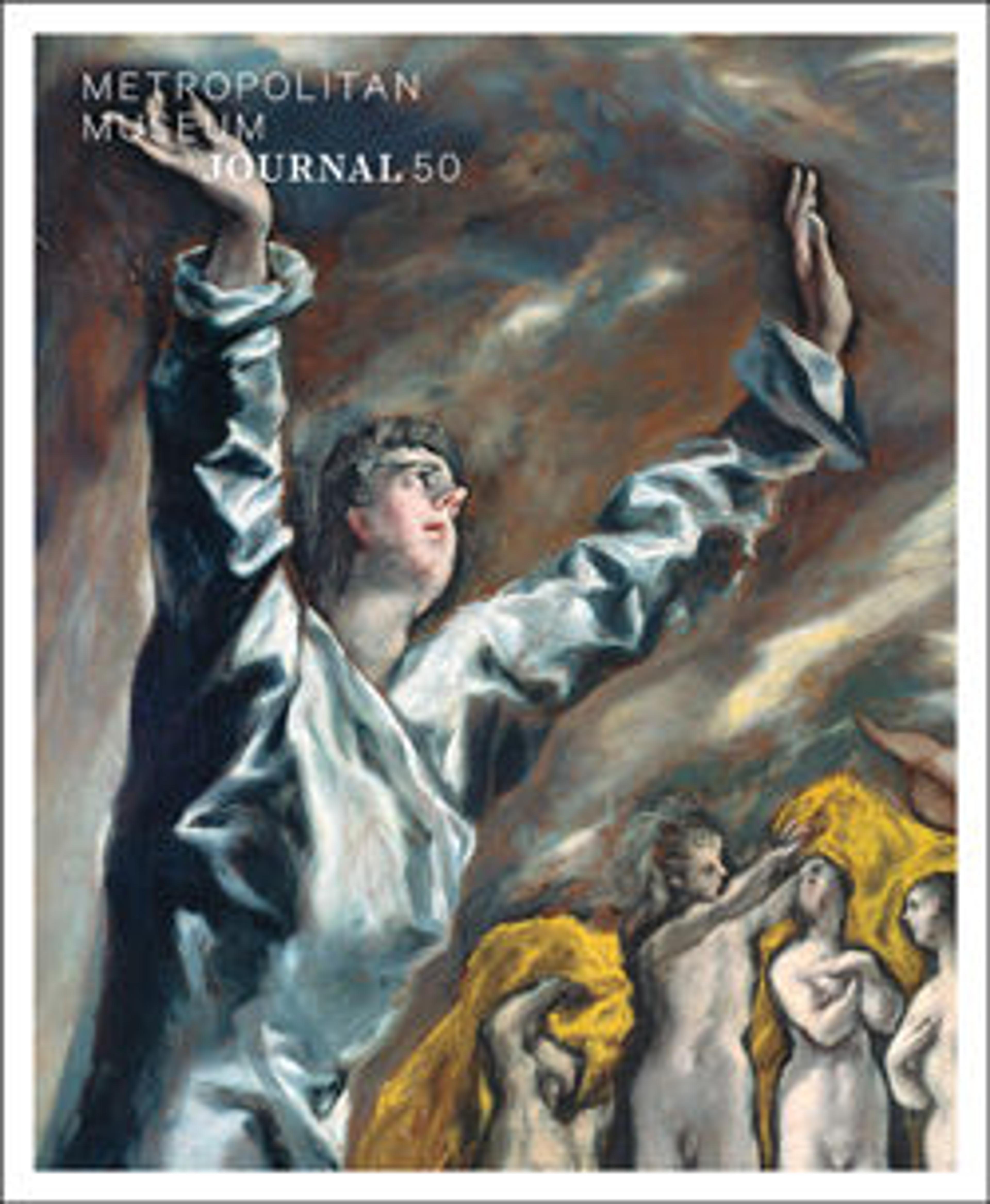Bronze herm
The herm is a type of monument that takes its name from Hermes, the messenger god, who was also the protector of travelers, communities and houses, entrances and exits, as well as flocks. Herms were typically set up along thoroughfares and boundaries, at gates, and also at tombs. The region of Arkadia was rich in herds of sheep and goats. It is likely that this exceptionally fine bronze was dedicated at a sanctuary of Hermes.
Artwork Details
- Title:Bronze herm
- Period:Archaic
- Date:ca. 490 BCE
- Culture:Greek, Arcadian
- Medium:Bronze
- Dimensions:H. 3 5/8 in. (9.2 cm)
- Classification:Bronzes
- Credit Line:Gift of Norbert Schimmel Trust, 1989
- Object Number:1989.281.56
- Curatorial Department: Greek and Roman Art
More Artwork
Research Resources
The Met provides unparalleled resources for research and welcomes an international community of students and scholars. The Met's Open Access API is where creators and researchers can connect to the The Met collection. Open Access data and public domain images are available for unrestricted commercial and noncommercial use without permission or fee.
To request images under copyright and other restrictions, please use this Image Request form.
Feedback
We continue to research and examine historical and cultural context for objects in The Met collection. If you have comments or questions about this object record, please contact us using the form below. The Museum looks forward to receiving your comments.
